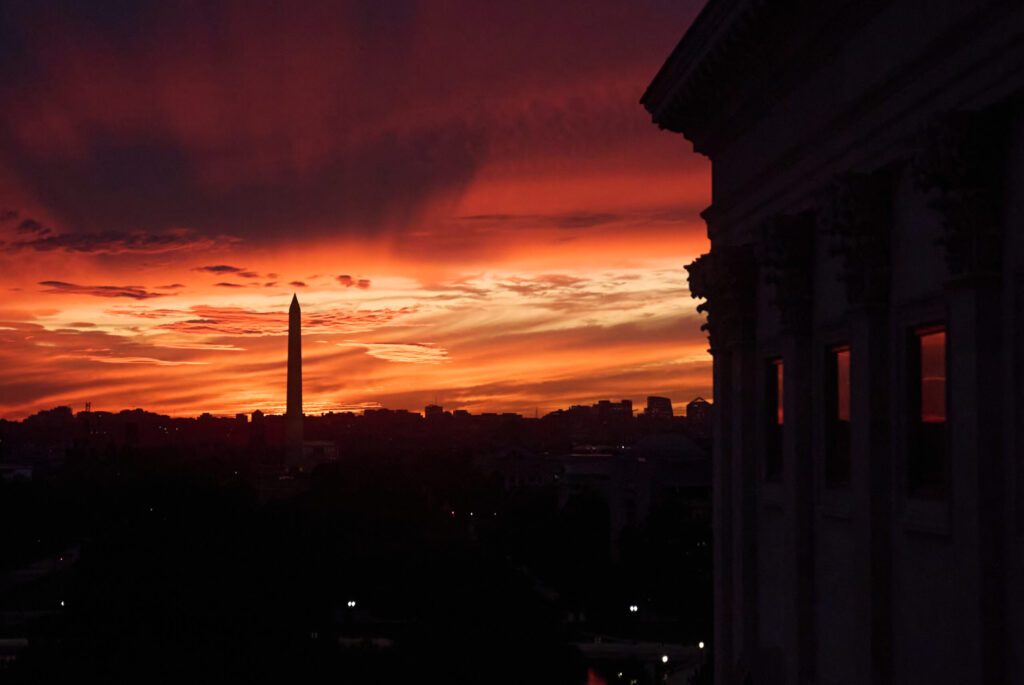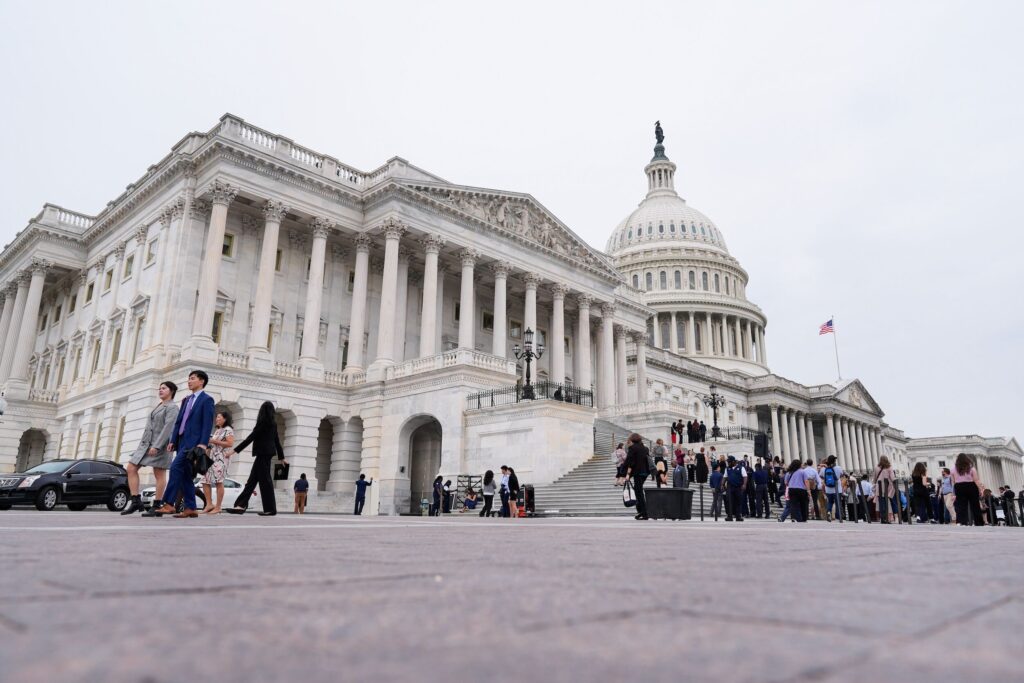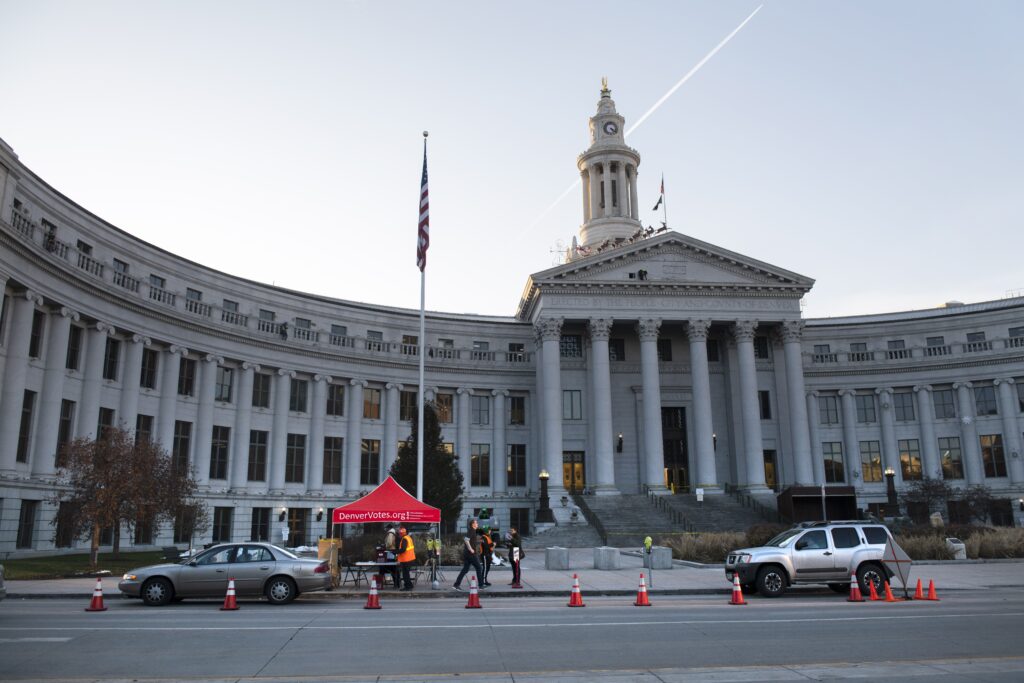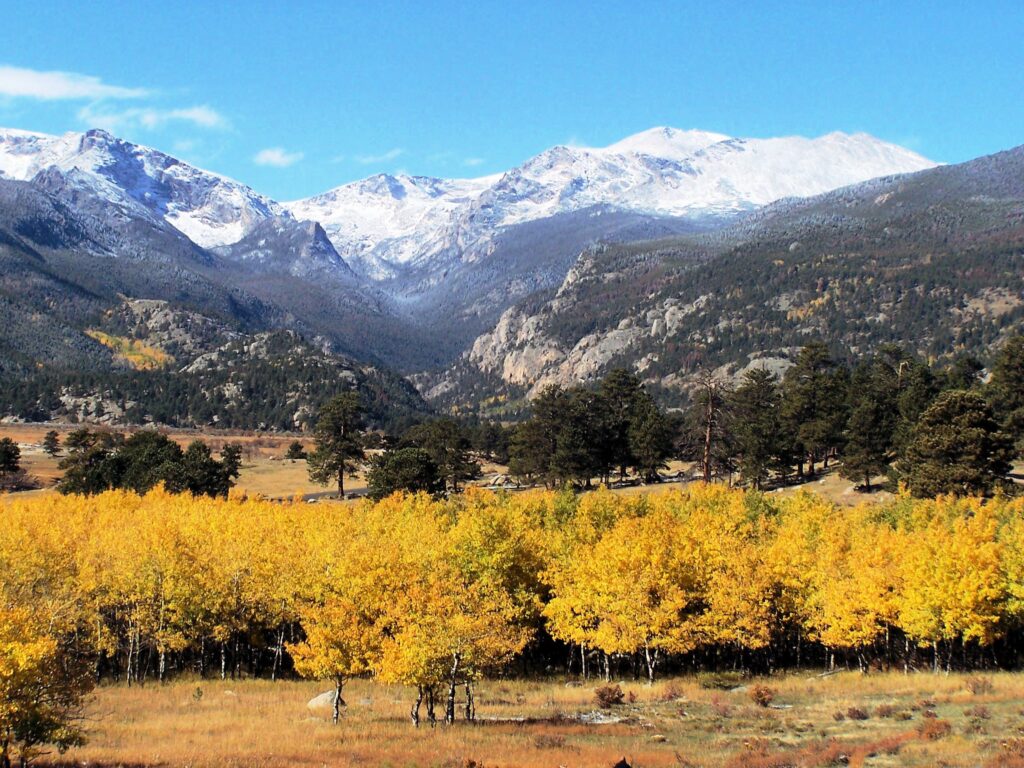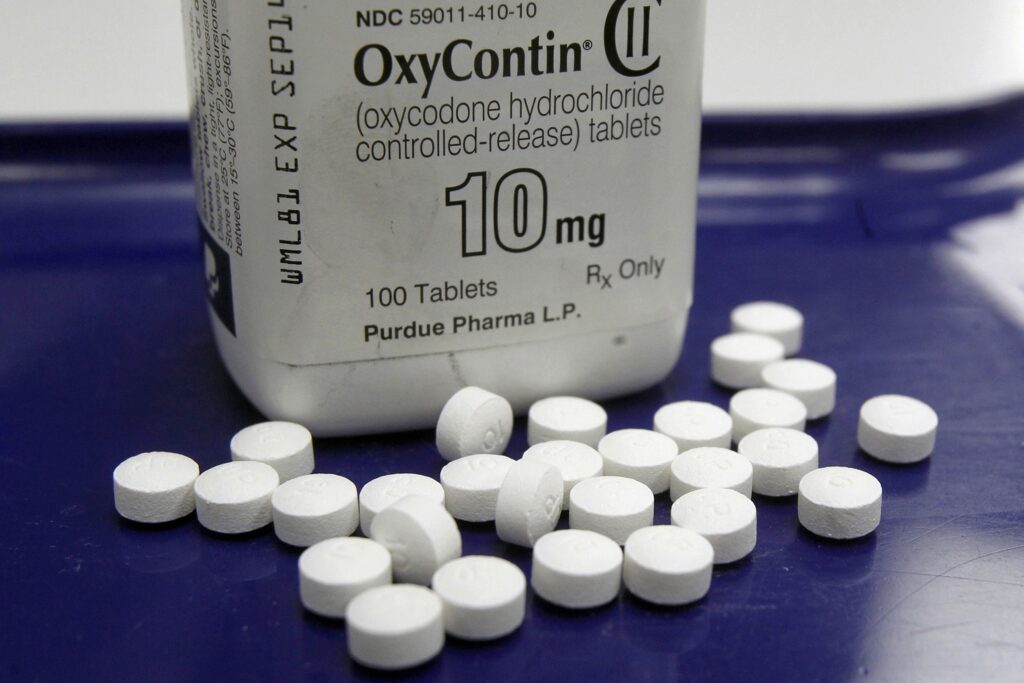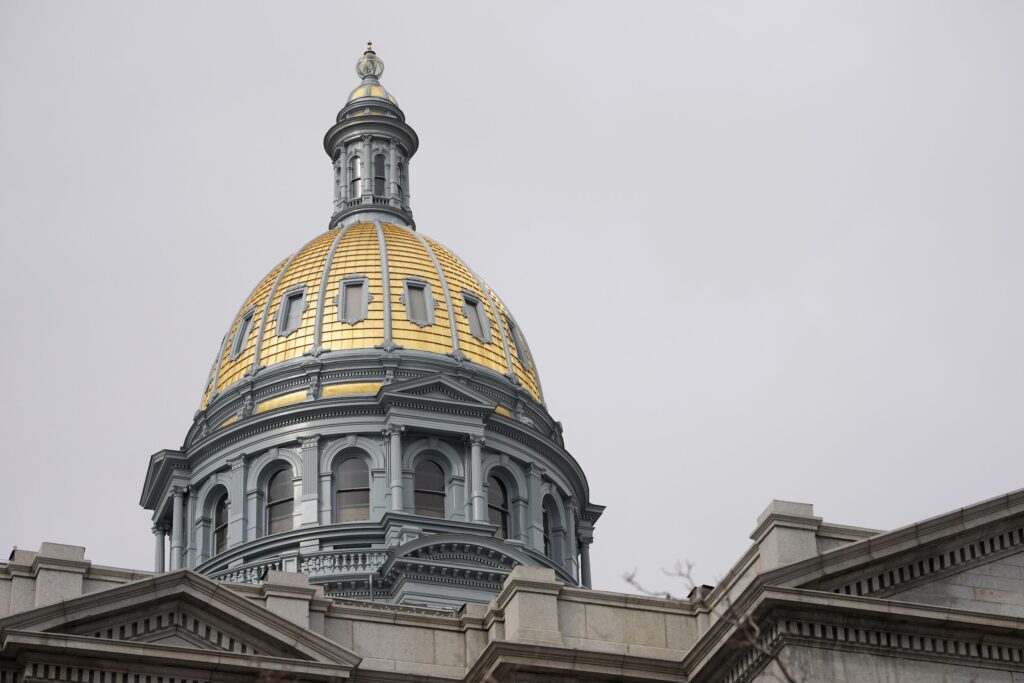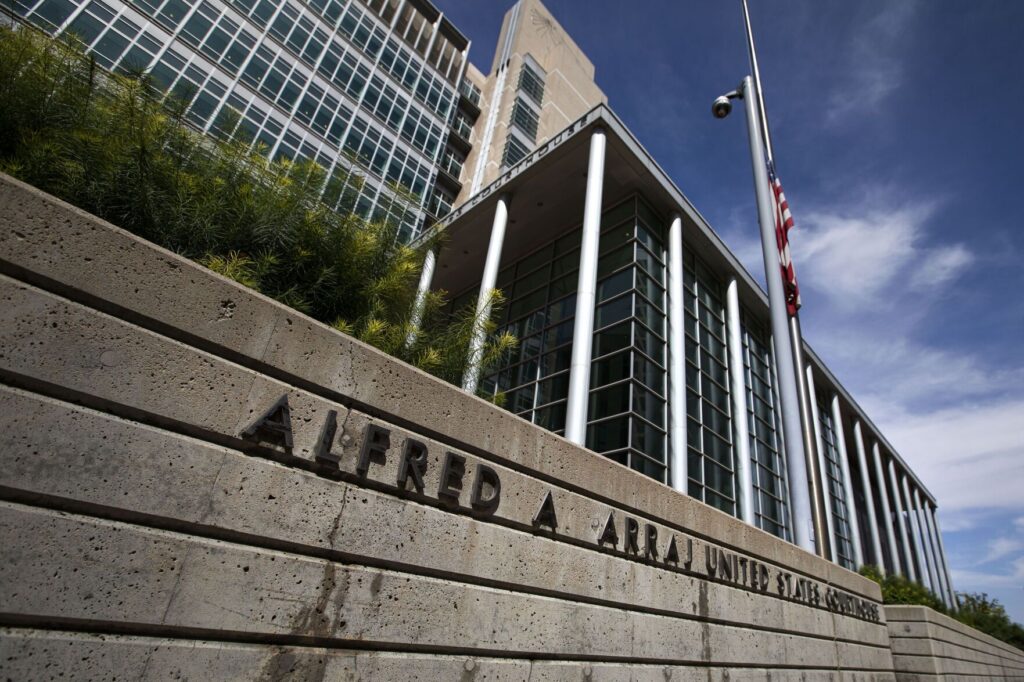Colorado’s economy healthy, but rural areas still struggle, economists say
Colorado’s economic outlook continues to be positive – good news enjoyed more by the Front Range than rural communities, according to state economists.
On Wednesday those economists presented the quarterly revenue forecast that lawmakers will look at ahead of the 2018-19 budget year.
The news is good, said Natalie Mullis, chief economist for the General Assembly’s Legislative Council.
“We’re in a better budget situation” for 2018-19, which lawmakers will begin working on in November when the governor submits his budget request, Mullins said.
Lawmakers will have somewhere between $635 and $666 million to add to the state budget in 2018-19, according to economists.
Many of the questions from members of the Joint Budget Committee and other lawmakers attending the Wednesday session focused on the impact of Senate Bill 17-267, the hospital provider fee bill that lowered the state’s revenue cap under the Taxpayer’s Bill of Rights (TABOR) by $200 million.
Sen. Kevin Lundberg, a Berthoud Republican, led by asking the “how much” question: Just how much was the provider fee revenue, and how much higher is that revenue than the $200 million removed from TABOR?
According to economist Greg Sobetski, the provider fee revenue for 2017-18 is expected to be $868.5 million and $913.6 million in 2018-19. Take out the $200 million and another $15.7 million that is still included under TABOR, and the revenue limit is greater by $652.8 million.
That’s close to what lawmakers have to spend in 2018-19, according to both Mullis and Henry Sobanet, director of the Governor’s Office of State Planning and Budget (OSPB).
Taking the provider fee revenue out of TABOR revenue calculations also means there will be no TABOR refund through the 2019-20 budget year at least. Mullis said that for SB 267, the state would be handing out tax refunds.
Sobetski told lawmakers that the nation’s economy is growing at a slow to moderate pace. The economy has recovered from international economic troubles. In contrast to the governor’s economists, Sobetski opined that recession is still possible, although unlikely.
Much of that improved national economy is due to the U.S. dollar, which is lower against foreign currencies, and that means global consumers are buying U.S. products at cheaper prices.
Colorado’s unemployment rate, at 2.4 percent, means a tighter-than-tight labor market, and that isn’t always a good thing. Sobetski said that the low unemployment rate is unsustainable, given that many who dropped out of the job market because they couldn’t find jobs, or those working part-time when they want full-time work, will likely re-enter the job market. Also troubling: that wages have not accelerated to reflect the lack of available workers. Sobetski attributed that to shifting demographics, with older workers retiring out of the job market and younger ones coming in at significantly lower wages.
Among the headaches in the economy: the situation for rural Colorado, primarily for agriculture.
The forecast showed prices for wheat, corn and alfalfa, among Colorado’s top commodities, have improved slightly in the past year, but have a long way to go after years of low prices. As a result, farms with low cash flow have relied on short-term loans, the forecast said, and that’s not sustainable. The forecast also showed that irrigated and non-irrigated farmland and ranchland have substantially dropped in value over the past five years, and those values continue to fall.
Livestock and dairy operations have fared better in the past year, the Legislative Council forecast said. Dairy, in particular, is doing well thanks to increased demand from cheese and dairy companies like LePrino Foods and Aurora Organic Dairy.
Agriculture was hit hard by the weak global economy in 2015-16, Mullis said. The drop in the value of the U.S. dollar has helped there, too, allowing global consumers to purchase more of Colorado’s agriculture products.
“I believe agriculture producers will weather the storm,” she added.
Jason Schrock, deputy director of OSPB, later told lawmakers that economic growth is concentrated primarily on the Front Range, and reflective of the urban-rural economic divide across the state.
The situation for Colorado’s oil and gas industry is better – good news after a dramatically low amount of severance taxes available to the state in 2016-17.
Colorado collected only $19.5 million in severance taxes in 2016-17, far below the $53.5 million that was anticipated a year ago. That low amount is attributable to lower oil and gas severance taxes, which came in at only $4 million in the past year, as well as settling lawsuits over severance tax collections. But the economists predict a rosier future; in 2017-18, they believe that the state will collect $143.8 million in oil and gas taxes, and that amount will continue to climb slightly in the years to follow.
The same cannot be said for coal: The forecast shows that, over the next few years, severance taxes in that declining industry will continue to fall. In 2016-17, coal contributed $4.2 million; by 2019-20, that number will fall to $2.9 million.
Lawmakers also questioned the economists about marijuana taxes. Joint Budget Committee Chair Sen. Kent Lambert, a Colorado Springs Republican, said the public has a misconception that the state is raking in huge dollars in marijuana taxes, and that more public education about where those taxes go is needed.
The OSPB forecast showed the state took in $210.4 million in taxes from marijuana sales, with the largest amount coming from the recreational marijuana market. That’s projected to increase every year, despite the changes imposed by SB 267, which canceled the state’s 2.9 percent sales tax on retail marijuana sales. That 2.9 percent will now be collected as part of the special sales tax levied on marijuana beginning in 2017-18, also a result of SB 267.



